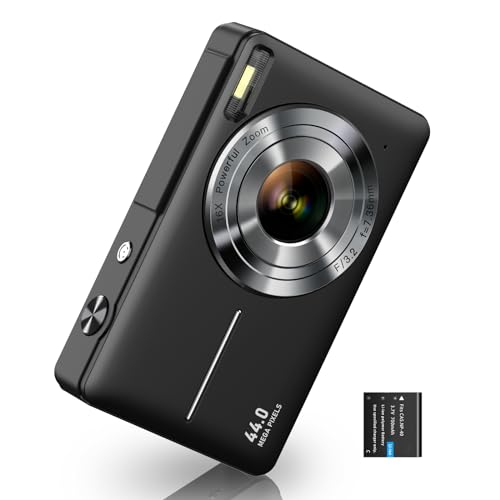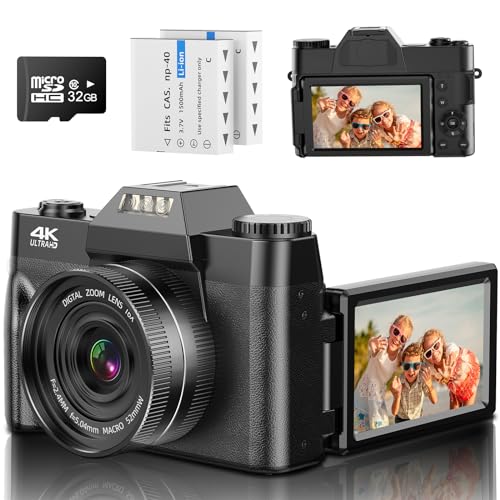The Basics of ISO on a Camera
If you’re new to photography, you may have heard the term ISO thrown around in conversation or seen it on your camera display, but you may not know what it means. ISO is one of the three fundamental settings on a camera that, when used together with aperture and shutter speed, helps you to achieve the perfect exposure for your shots.
What Does ISO Stand For?
ISO stands for the International Organization for Standardization, which develops and publishes standards for a range of industries, including photography. In photography, ISO refers to the sensitivity of your camera’s sensor to light. Essentially, a high ISO setting makes your camera more sensitive to light, while a low ISO setting makes it less sensitive.
How Does ISO Affect Your Photos?
Understanding how ISO affects your shots is important for achieving the right exposure in different lighting conditions. A high ISO is useful when you’re shooting in low light conditions, like indoors or at night, as it allows you to capture more light and avoid a dark or blurry image. However, high ISO settings also increase the amount of digital noise in your photos, resulting in a grainy appearance. On the other hand, a low ISO setting is ideal for shooting in bright daylight, as the sensor is less sensitive to light and can capture more detail without losing sharpness.
What Are the Common ISO Settings?
Most cameras have a range of ISO settings, typically starting at around 100 or 200 and going up to 6400 or higher, depending on the camera. Here are the common ISO settings and their appropriate use:
- Low ISO (100-200): Ideal for shooting in bright daylight
- Moderate ISO (400-800): Good for shooting in overcast weather or low indoor light
- High ISO (1600-3200): Essential for night shots and low-light indoor photography
- Extreme ISO (6400+): Used in ultra-low-light scenarios, creates the most digital noise
How to Achieve Perfect Exposure Using ISO
By understanding the basics of ISO and how it affects your photos, you can achieve perfect exposure with your camera. Experimenting with your camera’s ISO settings and shooting in different lighting conditions will help you to get a feel for what ISO works best for different situations. Remember, ISO is just one part of the exposure triangle, and understanding how aperture and shutter speed work in combination with ISO is essential for getting the most out of your camera.






